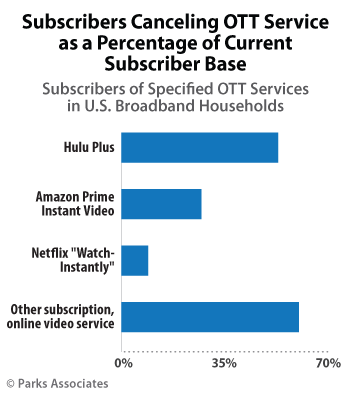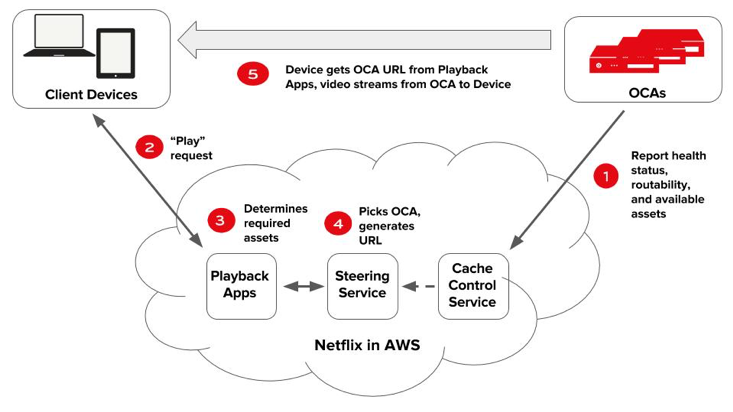

While others at the company considered building a new RPC system internally, Bozarth and his team embarked on a month-long evaluation of several technologies. Plus, when a team built a service that defined an API, there wasn’t a clear way to annotate and describe exactly how that API functioned or see, audit, and understand what APIs exist for both the service and the ecosystem. Clients for interacting with remote services are often wrapped with handwritten code, which was time-consuming and “created opportunities for issues to arise, for bugs to be introduced, and for additional complexity to breed,” he says. For several years, that stack supported the stellar growth of the company’s streaming media business.īut by 2015, Bozarth’s team realized that it had also “perpetuated a few architectural patterns that we were struggling with, and at scale were impacting engineering’s productivity,” he says.

Netflix had developed its own technology stack for interservice communication using HTTP/1.1, and “the glue for all service communication” covered about 98% of the total microservices that powered the Netflix product, says Tim Bozarth, Director of Platform Engineering.
#Netflix client service code#
Hundreds of lines of custom cache management code replaced by 2-3 lines of configuration in proto per client For most of the 130 million Netflix subscribers waiting for the next season of Stranger Things, remote procedure calls (RPC) probably don’t mean anything.īut for the Runtime Platform team responsible for improving developer productivity at the company, RPC was becoming a bottleneck to building and supporting the high-availability services that Netflix users expect. Additionally, the fact that clients no longer contain handwritten code means that there are far fewer errors when interacting with remote services. As a result, the time to market has been reduced by orders of magnitude. Creating a client, which could take up to 2-3 weeks, now takes a matter of minutes. Impactįor each client, hundreds of lines of custom cache management code were replaced by just 2-3 lines of configuration in the proto. It connects services across languages, clouds and data centers, and connects mobile devices to backend servers. gRPC is a high-performance RPC framework developed by Google and optimized for the large-scale, multi-platform nature of cloud native computing environments. There were efforts to build an RPC (Remote Procedure Call) stack internally, but after a month-long evaluation of several technologies, the Runtime Platform team chose to implement and extend gRPC instead. Netflix needed a new solution that would allow service clients to work across languages, with an emphasis on Java and Node.js. Plus, when a team built a service that defined an API, there wasn’t a clear way to annotate and describe exactly how that API functioned, making it challenging to discover, audit, and understand what APIs were available in the ecosystem. But by 2015, there were pain points: Clients for interacting with remote services were often wrapped with handwritten code. For several years, that stack supported the company’s stellar growth.

Netflix developed its own technology stack for interservice communication using HTTP/1.1.


 0 kommentar(er)
0 kommentar(er)
